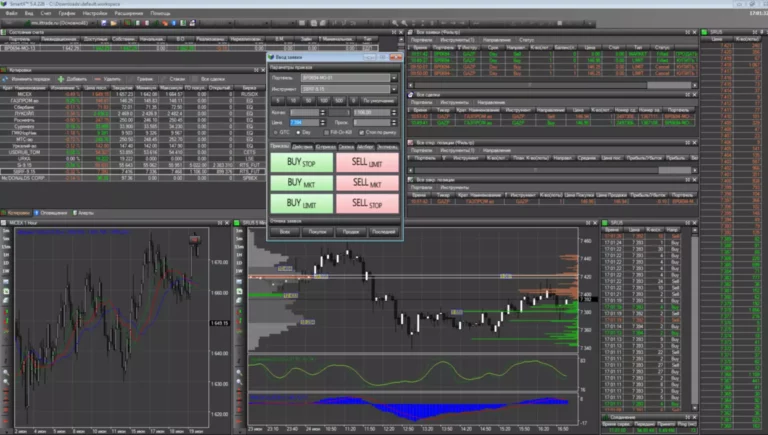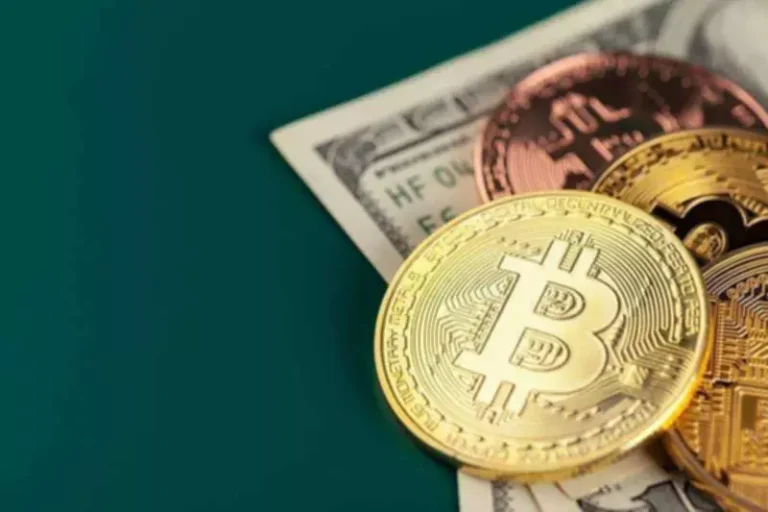Choosing the ones you want to use means you’ll need to understand and accept limitations. Many limitations are simply part of the way https://www.xcritical.com/s work. They focus on mobile ecommerce, platform-based payments, non-profits, and software as a service (SaaS). In addition to working with Android devices, it also works with iOS and the web.

If you want to process transactions on your website, you’ll need to choose a gateway that offers an on-site payment solution. If you don’t mind redirecting customers to a separate page to enter their credit card information, you can choose either an on-site or off-site gateway. Recurring payments, digital invoicing and account updater are among the multiple payment types and features supported by the platform. These features go beyond processing payments and offer businesses flexible tools to handle customer transactions.
Related Posts
An automated teller machine (ATM) is a system that enables consumers to process payments to eCommerce merchants without having to deal with bank representatives. ECOM stands for electronic commerce and refers to every transaction done via eCommerce platforms. It includes online tools and activities ranging from electronic wallets to internet banking.A point-of-sale (POS) is the place or platform where you process and execute customer purchases. Keep in mind that payment gateways alone won’t guarantee the success of your online business. It’s also important to stay up-to-date with currently trending products.

This leads to improved performance such as higher conversion rates and higher auth rates. If you’re a business owner, be aware of hidden payment gateway fees, which may not always be clearly outlined. These could go beyond the monthly service and processing fees to include a percentage of the sale as well as a flat charge per transaction. There may also be fees for cancellation, compliance, batch transactions, and currency conversions, as well as processing minimums. A payment gateway securely relays credit card or bank information to and from a payment processor. It is the virtual equivalent of a point of sale (POS) reader and is used in online transactions.
How Much Does an Online Payment Gateway Cost?
However, it translates to an additional step for customers and less control over the merchant’s process. The payment gateway is only one piece of the puzzle required to accept payments digitally. The front-end technology sends customer information to the merchant’s acquiring bank (business bank account) for processing.
This option is ideal for larger businesses that want to control the entire checkout experience via their own systems and servers. To that end, on-site payments give companies – particularly enterprise-level corporations with the means and support – more control and flexibility over payment processing. Whether you’re new to the world of payment processing or a seasoned business owner looking to overhaul or expand your checkout options, read on to learn what a forex payment processing is and how it works. Plus, get tips to help you choose a payment gateway integration for your operation. Some payment gateways allow you to process transactions on your website while others require customers to be redirected to a separate page to enter their credit card information.
Our recommendations for best payment gateways for October 2023
Also, many payment methods can be used outside of the shoppers’ country. There’s a processing fee plus payment method fee per transaction, no set-up fee, 24/7 in-house support and access to a full range of tools on the platform. Furthermore, Stripe supports more than a hundred currencies, and offers features such as mobile payments, subscription billing and one-click checkout. Users also get access to a dashboard where they can visualize transactions. Clearly, then, this is a feature-rich payment gateway, although Stripe does demand a lot more technological knowledge from the user than most providers. However, these limits can often be increased or lifted entirely once the business establishes a history of reliable, secure transactions and builds trust with the payment gateway provider.
There are no additional fees or hidden fees for merchant accounts. Both services include fraud protection security at no additional charge. You know your payment gateway is safe and can handle threats that may come up. Technology continues to evolve and improve the way we handle transactions. Terminals once accepted cards with magnetic strips then required the purchaser to sign a piece of payment. Now, customers enter a personal identification number (PIN) in the terminal.
What Is a Payment Gateway? (And Why You Don’t Need One)
If you’re looking for a payment gateway that can handle any combination of online and offline sales, you may be interested in the merchant services offered by U.S. This bank is one of the largest in the United States, and offers a strong combination of banking and merchant services for businesses of all sizes. No, a credit card gateway is a subset of a payment gateway that specifically handles credit card transactions. Comparatively, a payment gateway refers to a broader service that processes various payment methods, such as PayPal. Alternatively, a self-hosted payment gateway collects the credit card information from your site, providing a holistic customer experience. But since this option puts responsibility for security on you, you’ll need a self-hosted option that can provide PCI compliance.

We help you protect vulnerable data from the moment it enters your system and as it’s transmitted to the card network. This frees you from storing sensitive data in your system and helps minimize PCI scope and liability. With so many payment gateways available, how do you know which one is right for your business? Here are some important features and functionality a payment gateway should deliver to help optimize payments and provide a seamless processing experience. Need to process recurring payments such as monthly membership fees or annual contract renewals? Get the extra convenience of processing these types of payments automatically.
How Payment Gateway Works?
Some payment portals don’t charge a monthly fee and charge a higher transaction fee instead. Its broad spectrum of payment options, from traditional credit cards to mobile wallets, respects the diversity of customer preferences, making transactions a breeze. It’s a comprehensive solution, a boon to the restaurant industry, integrating with every facet of the restaurant operation—front of house, back of house and beyond. A smoother dining experience for your customers and a more efficient and manageable operation for you.
- No, PayPal is not a traditional payment gateway, but it does offer a payment gateway solution (Payflow) as part of its overall payment processing solutions.
- If you have a custom website and are looking for more flexibility, you can go for an API integration or SDK integration.
- PCI compliance is a security checklist created by the Payment Card Industry Data Security Standard (PCI DSS) to help reduce fraud.
- Now, customers enter a personal identification number (PIN) in the terminal.
If you start working with one and decide the company isn’t what you expected it to be, you can always change to another. Switching may mean investing in new POS equipment, but for a strictly ecommerce store, that’s nothing to worry about. The encryption process encodes information that’s transmitted between a browser and a server. This privatizes the data for exclusive use between the two parties.
Chase Payment Solutions℠
Per-transaction fees are $0.15 per keyed transaction and $0.08 per swipe transaction. Stax offers invoicing and integrates with QuickBooks Online to make accounting easier. This service also appeals to businesses because of its pricing transparency and flexibility. The two types of plans—All-in-One and Gateway-Only—cater to different business requirements. The former includes a merchant account while the latter is ideal for businesses that already have a merchant account.
Encryption means concealing the data so that it is unreadable to entities other than the payment gateway. Tokenization protects customers’ credit card information by replacing their data with a unique identifier called a token. The token securely stores data the customer needs to make a future purchase. Many payment gateways also provide tools to automatically screen orders for fraud and calculate tax in real time prior to the authorization request being sent to the processor. One of the most important functions that the payment gateway performs is that it automatically checks for fraud.
What is a payment service provider?
A multicurrency payment gateway lets you accept payments in multiple currencies and get paid in your local currency. A multicurrency gateway is necessary to accept payments from customers around the world. Yes, you can build a custom payment gateway self-hosted on your own servers.